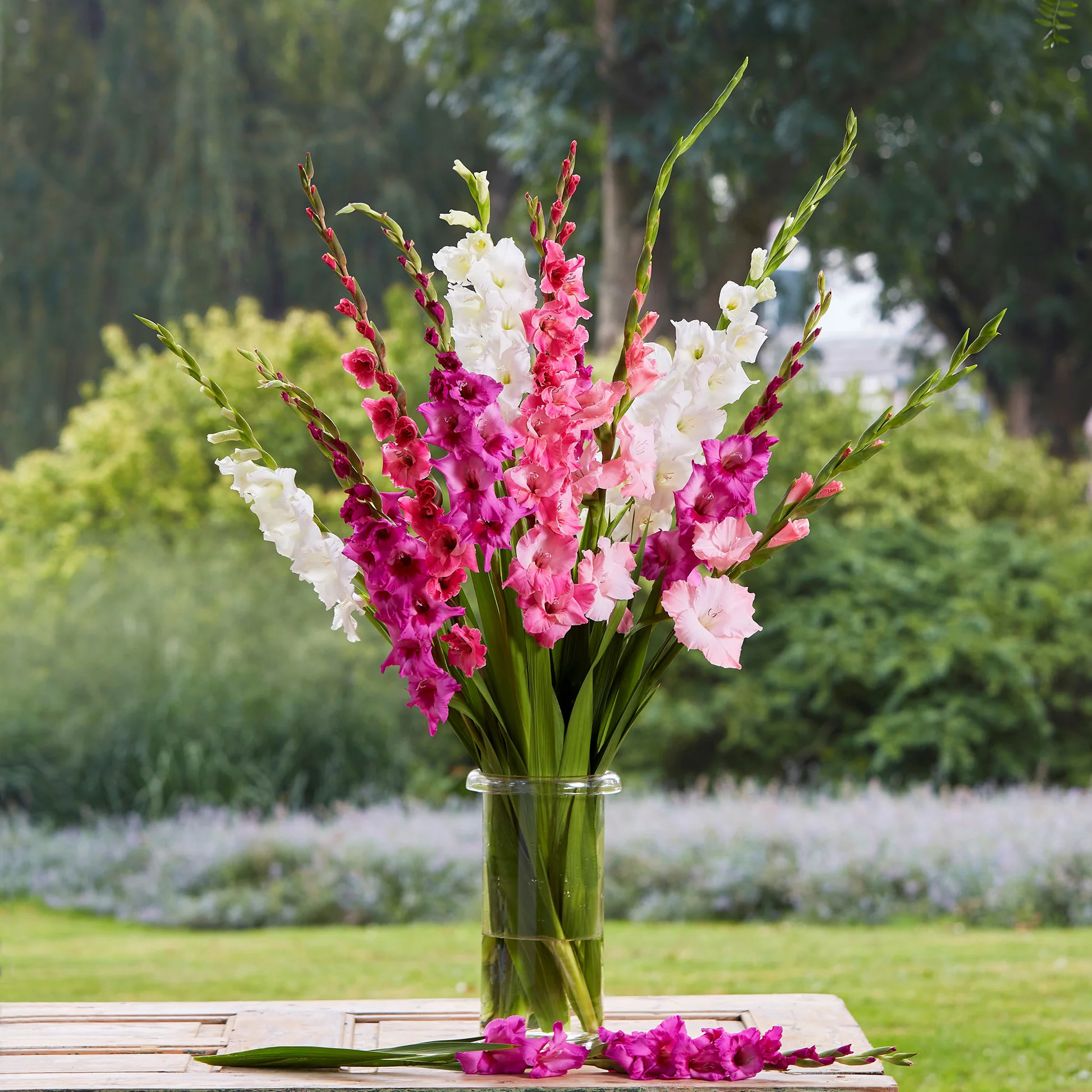Floral 1 Certification Vocab
1/79
There's no tags or description
Looks like no tags are added yet.
Name | Mastery | Learn | Test | Matching | Spaced |
|---|
No study sessions yet.
80 Terms
filler
floral material that has an “airy” look to create the finishing touch
dry pack
the storage or shipment of flowers out of water
processing
cutting flowers stems properly and providing proper treatment at any stage of the distribution process
mechanics
supplies, methods, and materials that designers use to place and hold flowers and foliage in an arrangment
retail florist
sells floral goods and services to the consumer
vase life
the length of useful life of cut floral materials after being recieved by the customer
bundling
firmly wrapping or tying similar materials together to form a larger, individual unit
photosynthesis
the process of converting nutrients, water, carbon, dioxide, and sunlight into food for plants
light intensity
the level of light received on a plant surface
framing
a design technique in which branches of flowers are used around the perimeter of a floral arrangement to direct attention to the materials in the center of the arrangement
pillowing
the tight positioning of flower clusters at the base of an arrangement forming rounded hills
terracing and layering
similar design techniques to place similar materials horizontally on top of each other
ikebana
the Japanese style of floral arrangements characterized by their linear forms
corsages
number 3 ribbon is the appropriate size for a corsage bow. The appropriate gauge of wire for corsages is number 24- 28 depending on the weight of the flower. Construct a corsage so it is as light-weight as possible.
bent neck in flowers
Is due to the inability of water to enter the stem.
pave arrangements
Flower arrangement heights should not vary in pave arrangements. The Pave Design is a technique characterized by parallel or surface contoured insertions that create a uniform area with little or no variation in depth.
abstract designs
Contain more than one single focal point.
vegetative design
A feature of this style of design is the seasonal compatibility of the plant materials in the design.
“stair step manner” design placement
is the placement of cut material in a parallel design in each group in order to create depth.
waterfall design
Shorter stems of mass flowers provide a color & focal point near the rim of the container
customer education
Florists must educate the customer in order to help them enjoy their flowers to the fullest extent.
processing flowers
growers, wholesalers and retail florists must process their flowers
floral preservative
A chemical consisting of a mixture of ingredients that when added to water extends the vase life of cut flowers by lowering the water PH.
hydrating solution
A Citric acid solution that causes flowers to take up water rapidly to prevent dehydration after flowers being dry packed.
respiration
Cell process in which stored food reserves are converted into useful energy for the plant.
transpiration
The process of plants losing water through stomata in their leaves
interpretive design
A combination of both natural and man made materials in an unnatural manner to create new images.
formal-linear design
An asymmetrically balanced design of few materials usually placed in groups that emphasize forms and lines.
parallel design
Design that consists of clusters or groups of flowers & foliage that strengthens the element of line which moves the eye through the arrangement.
line flowers
used as primary flowers to establish the skeleton outline height or width of an arrangement.
form flowers
Used to create focal point with unusual and distinctive shapes
mass flowers
Are usually single stem with large rounded heads used inside or along the arrangement to fill in.
cascade design
The design consists of several layers of materials, varying in size and texture to create a flowering effect.
focal point
The location within a design that attracts the most attention; the center of interest. In a corsage, the focal point is where the largest flower is placed.
primary colors
Red, yellow and blue are primary colors.
scale
The relationship between the completed arrangement and its location
secondary colors
Two primary colors combined in equal amounts
proportion
The relationship between the flowers, foliage and container
skeleton flowers
Primary or line flowers used in a design to establish the outline of the arrangement.
balance
The impression of the design being stable and self-supported
conditioning
The process in which cut flowers & foliages have been tested to extend their freshness.
piercing method
Corsage wiring technique in which a wire is inserted through the calyx and bent downward along the stem.
asymmetrical design
A triangular pattern with a strong “L-Line”
symmetrical design
A formal, equilateral triangular design
round designs
Do not require a focal point.
hook method
Wiring technique in which the wire is inserted through the flower and a small hook is formed in the wire before it is pulled back into the flower.
hairpin method
Corsage wiring technique in which the wire is shaped into a hairpin
intermediate colors
Combination of equal amounts of primary color and adjacent secondary color.
filler flower
a type of flower used to complete a design
wedding flowers
Bride’s bouquet, Bridesmaid’s bouquet, Corsages, Boutonnieres, Alter flowers, Pew Flowers, on the candelabra, Bride’s Throw bouquet, table decorations and on the wedding cake.
foliages
A purpose of foliage is to hide the mechanics in a flower arrangement.
line element
The element of the line in a floral arrangement is the visual path the eye follows as it proceeds through the arrangement.
form
Form is the geometric shape or line design that forms the outline of the flower arrangement.
color
The Color Spectrum is made up of twelve major colors. Using color properly is just one important design element essential in creating a well-designed floral arrangement.
bacterial growth
Removing all foliage from the stem that is below the water level in an arrangement helps prevent bacterial growth.
wire
#28 wire is a finer wire than #16 gauge wire. #20 and #22 gauge wire is best suited to support roses, carnations and chrysanthemums.
intensity
The brightness or darkness of a hue.
tone
The measure of color intensity when gray is added to a hue.
shade
A hue darkened by the addition of black forms a shade of the hue.
value
Describes the lightness or darkness of a hue
tint
Adding white to a color lightens its tint.
re-cutting stems
Re-cutting stems of fresh product helps prevent stem blockage, increase water uptake, maximize the freshness of the product and keeps the stem from sealing to the bottom of the container, if the cut is slanted.
refrigeration of fresh product
Refrigeration of fresh product with a combination of low temperature and high humidity helps slow down respiration, reduce water lost by transpiration, slows down maturity and reduces microbial growth and development. An ideal temperature range to keep your refrigerator is at 38-40 degrees
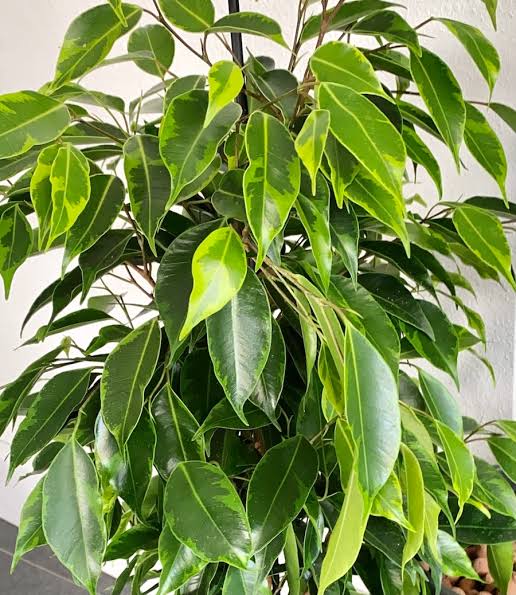
Ficus benjamina
Weeping fig
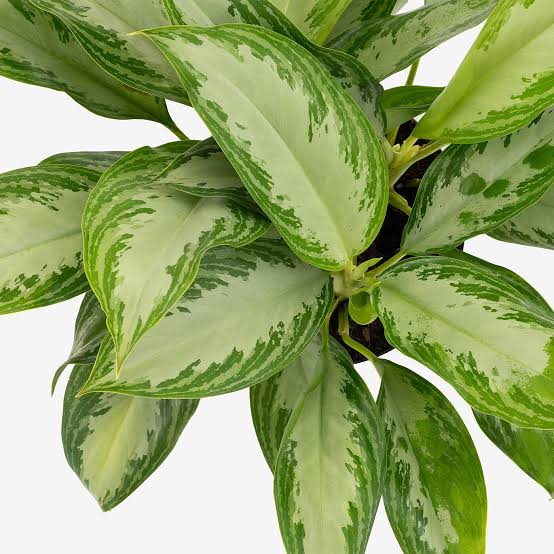
aglaonema
Chinese Evergreen
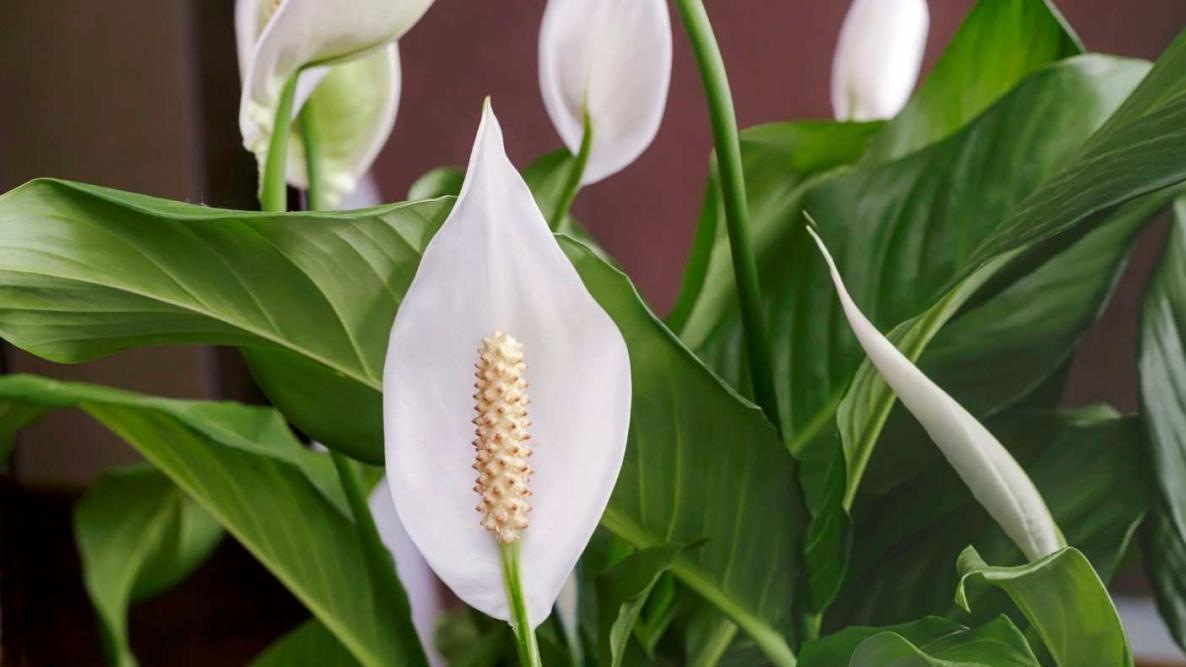
spathiphyllum
Peace Lily
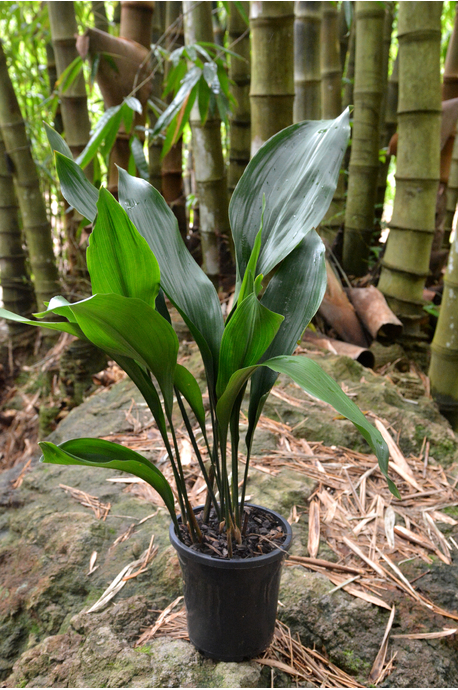
aspidistra elatior
cast iron plant
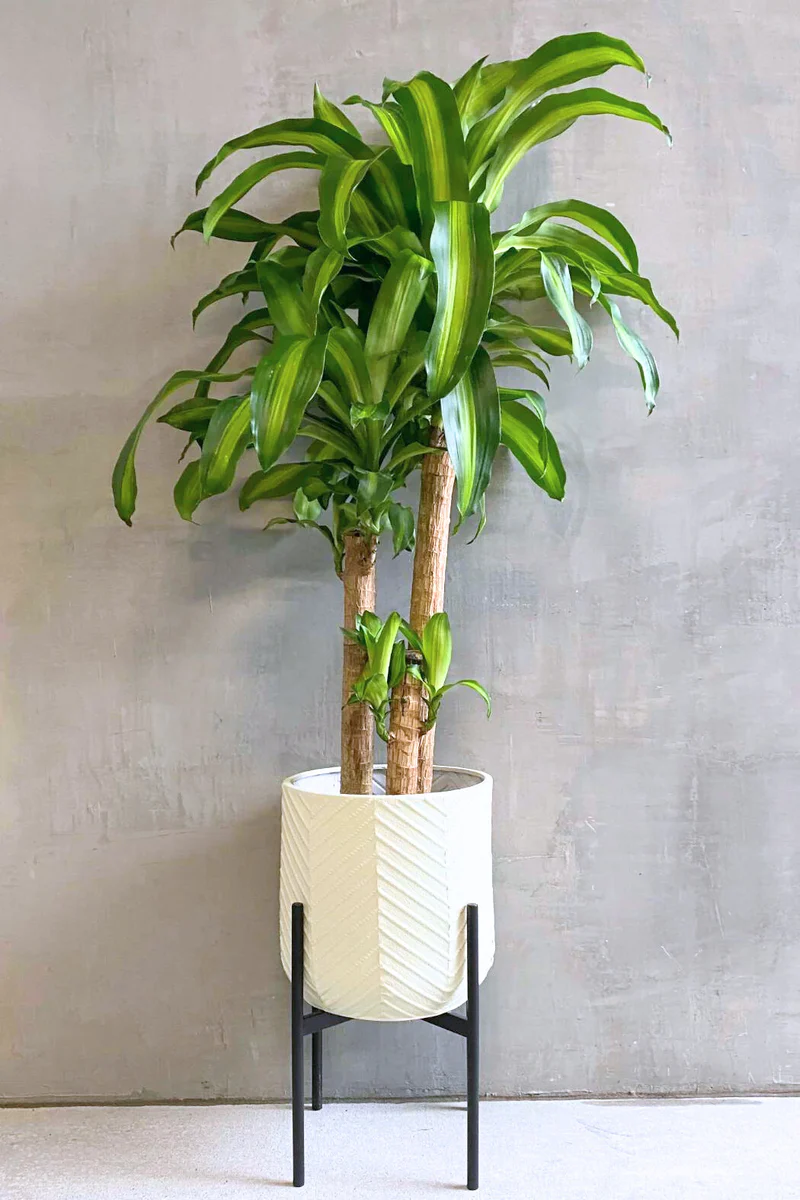
dracaena fragans
corn plant
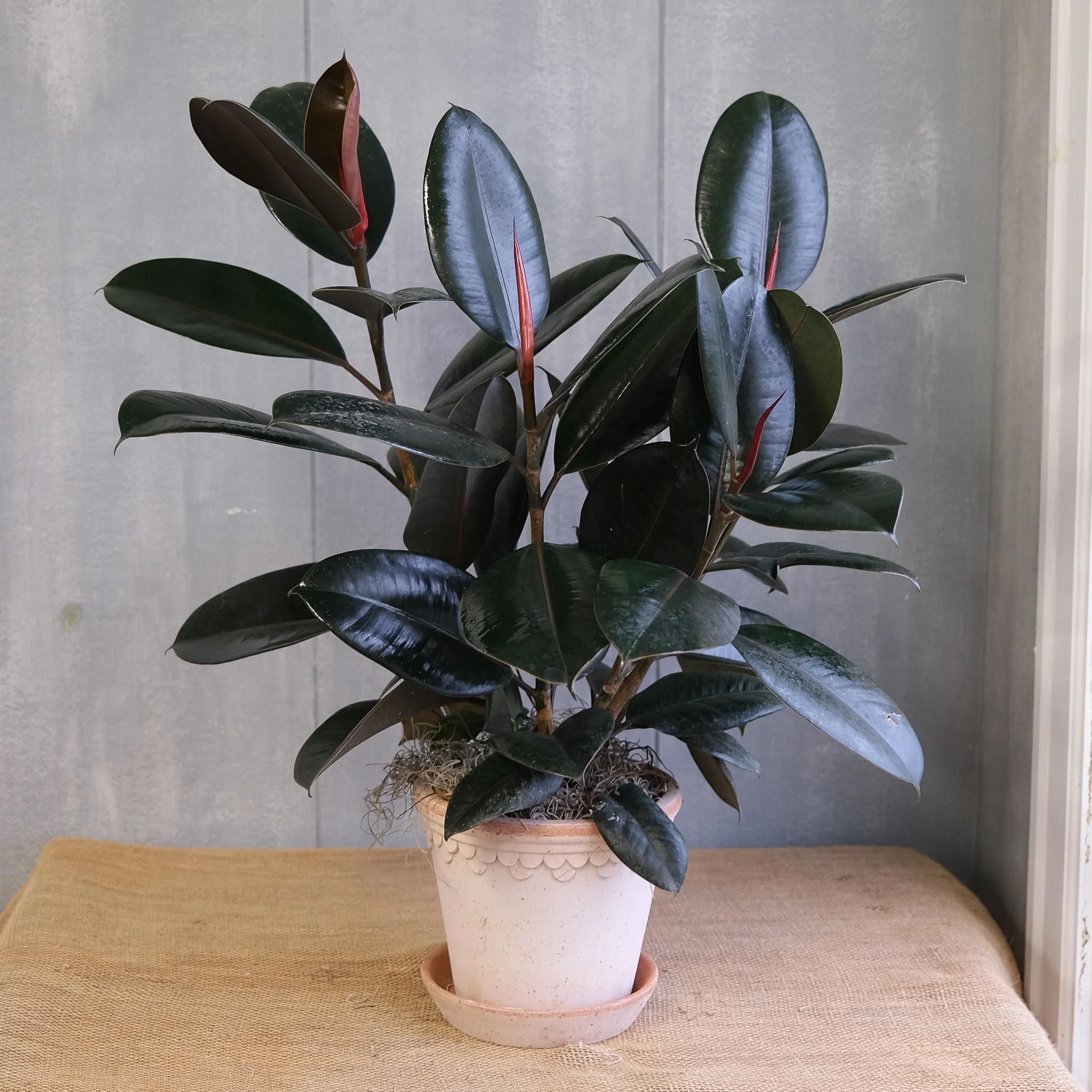
ficus elastica
rubber plant
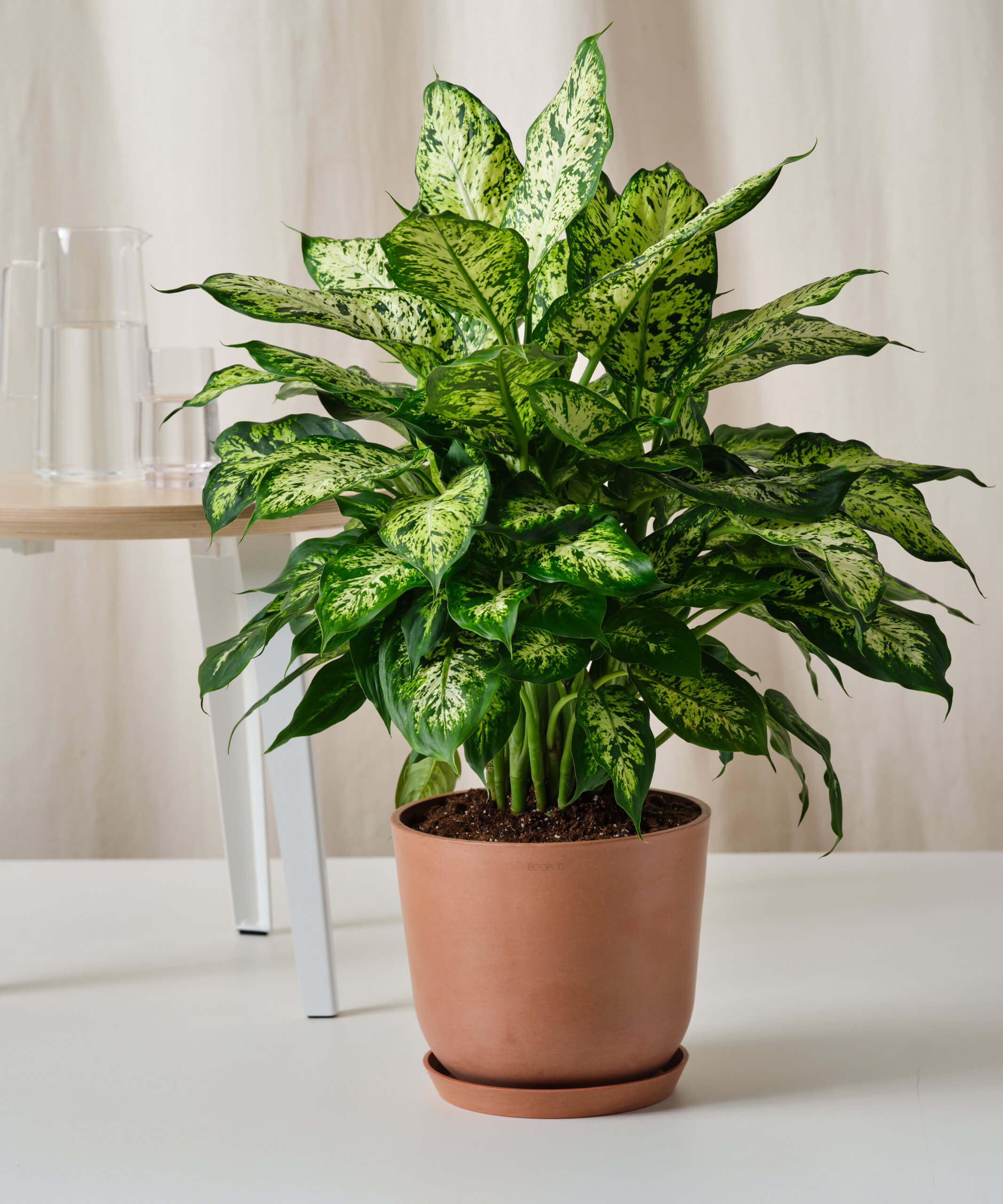
dieffenbachia
dumb cane
plumosa
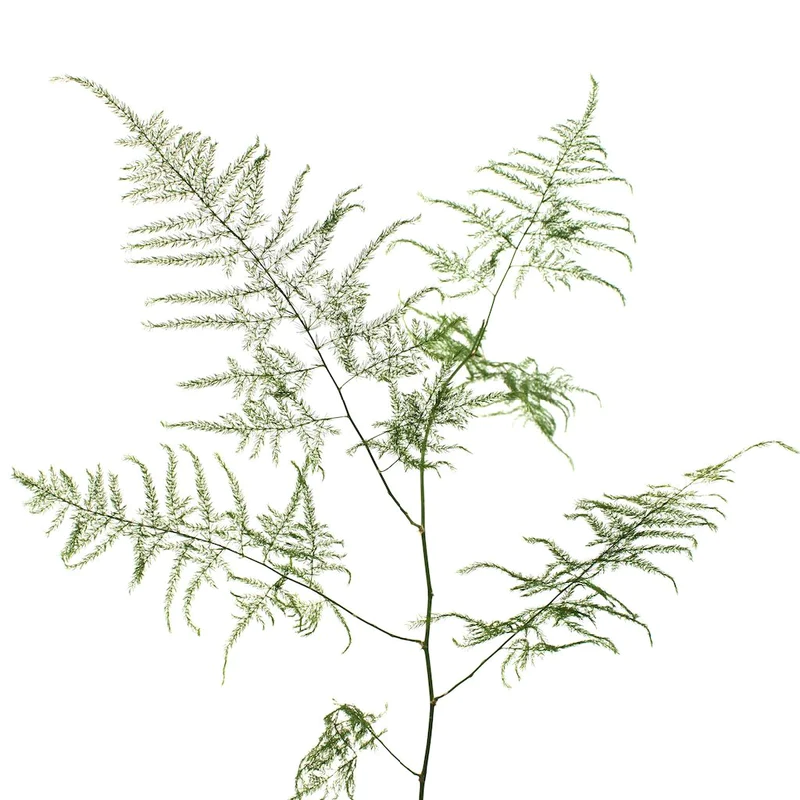
baby’s breath
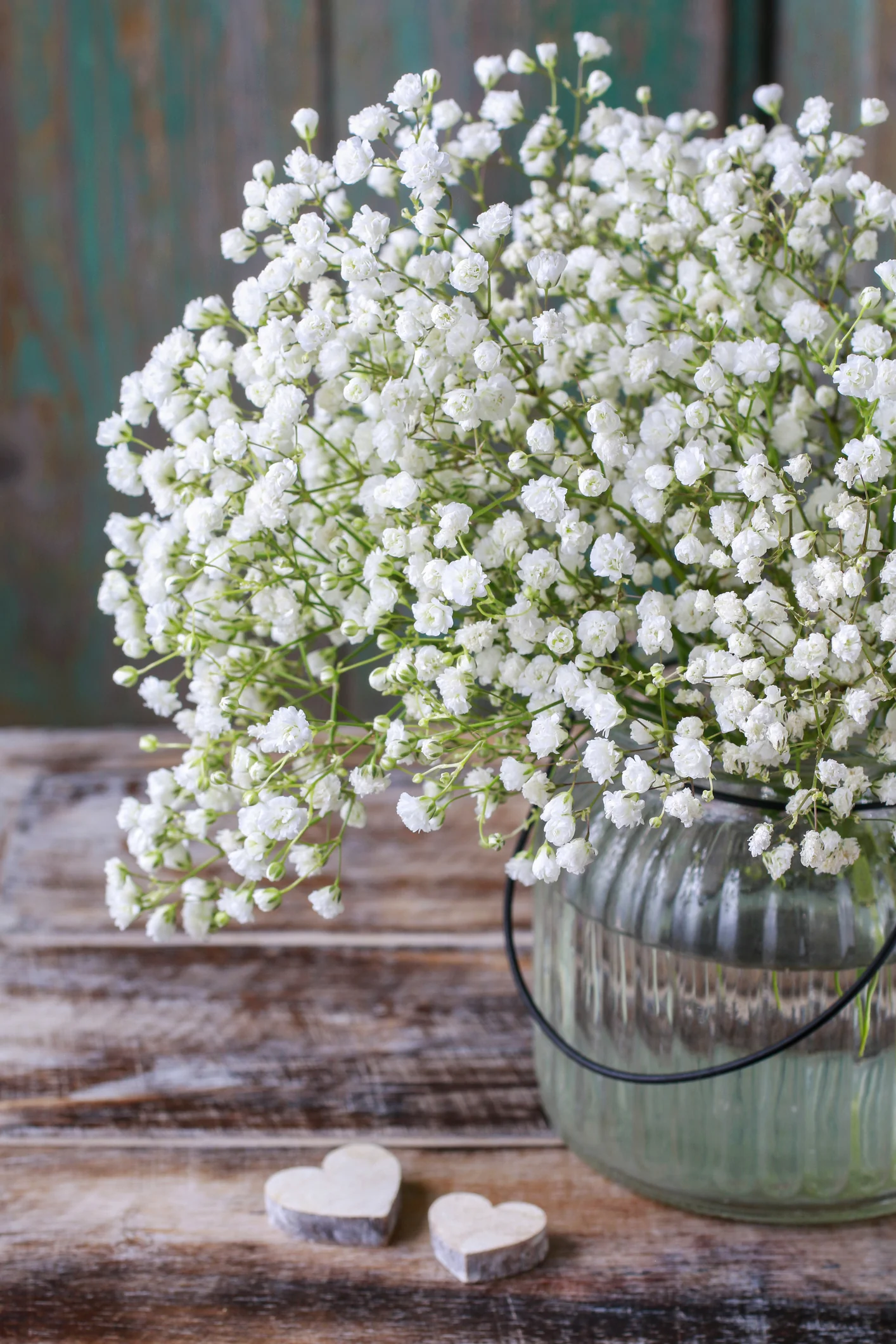
huckleberry
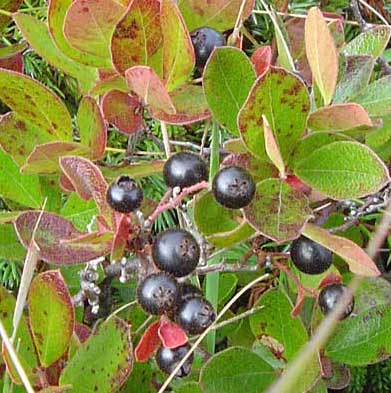
bird of paradise
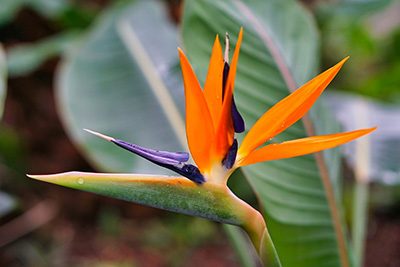
leather leaf fern
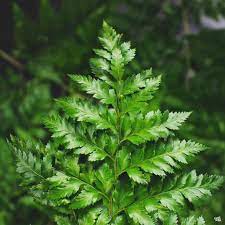
cattleya orchid
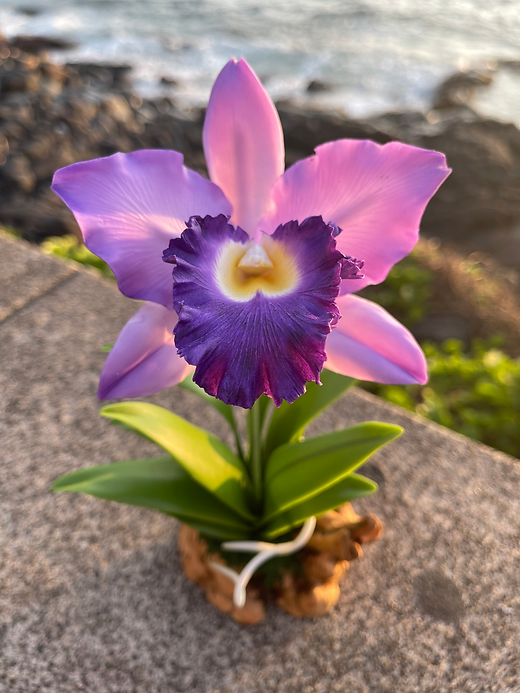
flat fern
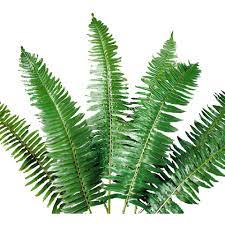
rose
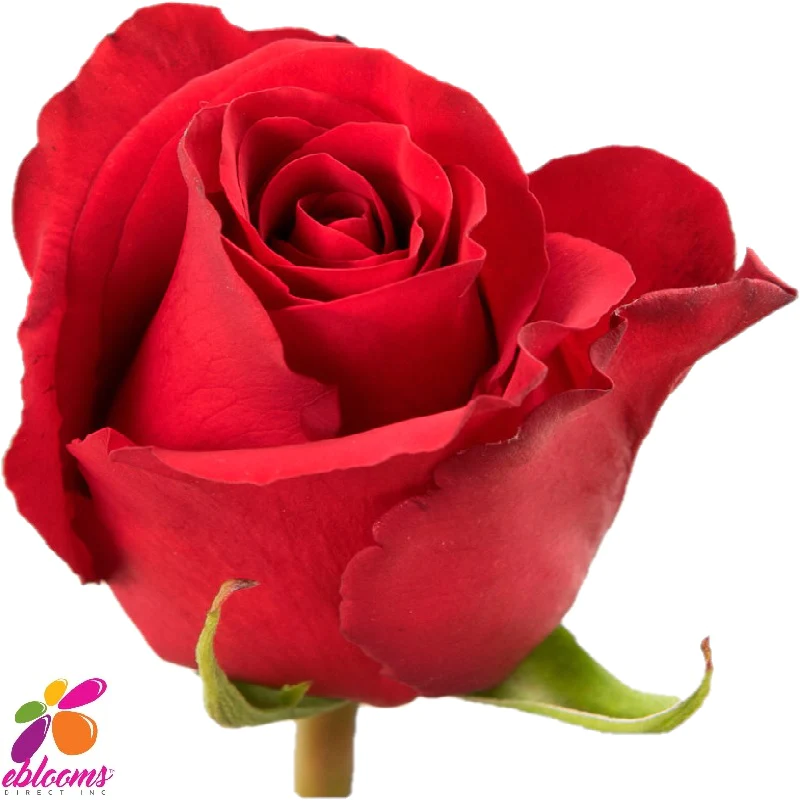
carnation
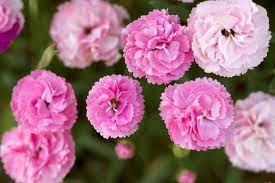
gladiolas
